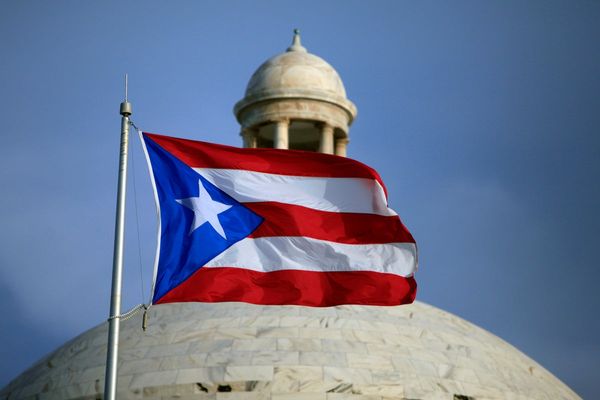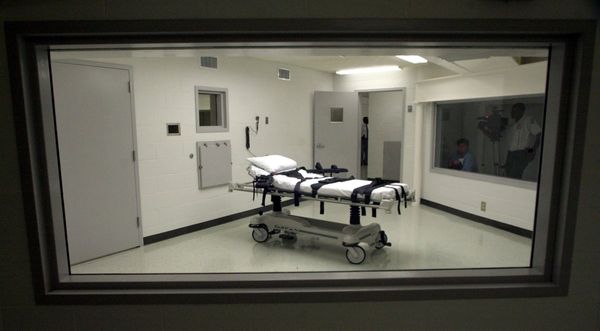
The CTR or the new tax regime for individuals and HUFs (Hindu undivided family) was introduced in Budget 2020. Its aim was to help individual taxpayers move towards a relatively lower rate, and a simpler tax system that did not have the complexity of multiple deductions and exemptions of the existing tax regime. The new CTR came into force from FY2020-21, and taxpayers could choose between this and the old tax regime.

Under the CTR, taxpayers are charged lower tax rates than under the old tax regime (see table) but they have to forgo most deductions and exemptions available to them under the old system. Examples of some key deductions and exemptions that tax payers lose are standard deduction, leave travel allowance exemption, deduction of interest on home loan, and deductions under Chapter VI-A (including Sections 80C, 80D etc. except Section 80CCD(2)) as per the Clear website.
Who benefits, who doesn’t
Several media reports point out that not many people have opted for the CTR since its introduction in April 2020. The reasons are not hard to find. As can be seen from the tables, there would be no incentive for someone in the lower tax slabs (example of income of Rs. 6 lakhs taken in Case 1) to move to the new CTR. For someone with an even lower income of say Rs. 5 lakhs, there would be no tax liability either under the old tax regime or the CTR. The old tax regime is likely to be as good as or better (if deductions and exemptions are claimed) than the CTR.
Those with taxable incomes ranging from Rs. 5,00,001 to Rs. 15,00,000, and not utilizing any of the tax deductions and exemptions (except the standard deduction that they get) could, however, benefit by moving to the new CTR. The extent of benefit will vary from case to case. However, realistically speaking, an individual is likely to claim at least one or more of the allowed deductions and exemptions under the old regime. For such individuals, the tax under the old regime (see Case 2) may turn out to be lower than that under the CTR.
Under Section 80C of the Income Tax (IT) Act, one can claim deduction of up to Rs. 1.5 lakhs a year for investments made in PPF, among other applicable investments. Under Section 24(b) of the IT Act, one can claim deduction of up to Rs. 2 lakhs for interest paid on a home loan. And the higher the deductions and exemptions claimed, the lower the incentive one has to move to the CTR. So, for these individuals, the choice would boil down to weighing the advantage of being levied a lower tax rate versus losing the benefit of tax deductions/ exemptions under the CTR.
At the other extreme, for an individual with a very high income, there is no incentive to move to the CTR. One, a bulk of his/ her taxable income (that is, beyond Rs. 15 lakhs) will be taxed at 30% and two, he/she will lose the tax deductions and exemptions allowed under the old regime.
Apart from that, the inflexibility to switch freely between the two tax regimes for certain individuals adds to the reluctance to make the shift. While salaried individuals can switch between the old and the new tax regime (CTR) every year, those with income from business or profession cannot. If an individual with business/ professional income shifts to the CTR, then he/ she can revert to the old tax regime only once in his/ her lifetime. Once that option is exercised, the taxpayer cannot go back to the CTR again. As a result, one may be very hesitant to exercise this option unless one is very sure of the benefit of it.
What’s needed
Given all this, the new CTR requires some sweeteners to make it more palatable to taxpayers. As per EY’s ‘Proposal to increase the adoption of concessional tax regime’, allowing standard deduction of Rs. 50,000 (as under the old regime) can be one way of making the new tax regime attractive. EY also suggests that the CTR should permit deductions of up to Rs. 2.5 lakhs under Section 80C/CCC/CCD/D of the IT Act though this can be limited to provident fund (including PPF) and qualifying life insurance products, interest on housing loan, pension policies, employees/self-contribution to NPS, and mediclaim insurance.
Coming to the income slabs and tax rates, EY’s suggests exempting incomes of up to Rs. 5 lakhs (instead of the Rs. 2.5 lakhs under the CTR) from tax, and taxing only incomes above Rs. 20 lakhs (instead of those above Rs. 15 lakhs under the CTR) at 30% under a revised CTR.
If budget 2023 does indeed come up with any new concessions, it could finally nudge more people to move to the new tax regime.








